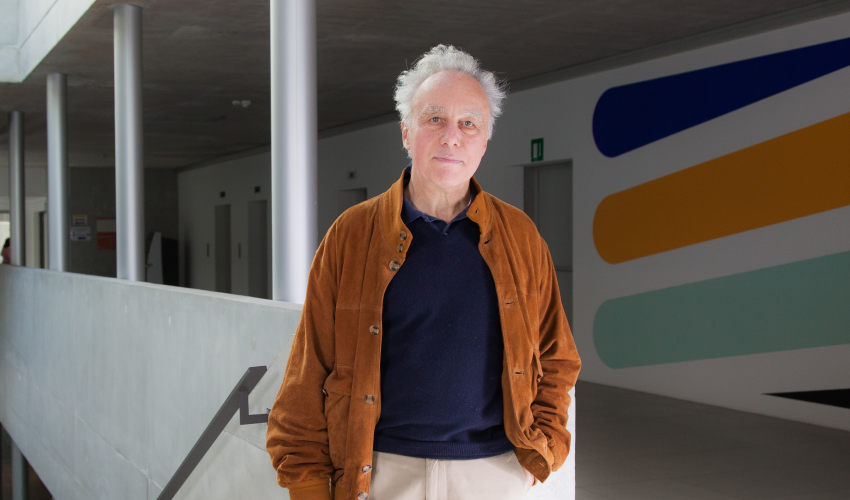
V Shaped or Swoosh Shaped? That Is the Economic Question
FROM BUSINESSES TO GOVERNMENTS, THE ACTIONS TO BE PUT IN PLACE TO RESTART THE ECONOMY MUST FIRST CONSIDER WHETHER THE EFFECTS OF THE COVID CRISIS WILL BE LONG LASTING OR PASS QUICKLY. FINANCIAL MARKETS ARE ALREADY PLACING A PREMIUM ON RESILIENT COMPANIES, SENDING A SIGNAL TO INVESTORS ABOUT THE FUTURE OF THE RECOVERYby Francesco Giavazzi, Senior Professor of Economics, Bocconi University
Translated by Richard Greenslade
How will the post-Covid-19 recovery look like? Will it be "V-shaped" or "Swoosh-shaped"? It is a crucial question: for companies that are redrafting their plans for the next few years, and for governments and central banks that are calibrating the economic policies that will have to accompany the recovery.
There are two different theses among economists. Larry Summers, ex-US Treasury Secretary and Harvard former President, leans towards the V-shape hypothesis. On May 22, during a virtual seminar held at Princeton, he argued we will remember the pandemic as much as we remembered 9/11 on Christmas 2001: mostly, it will be forgotten. Paul Krugman also thinks more or less like along these lines.
On the opposite side there are Barrero, Bloom and Davis, respectively at ITAM in Mexico City, Stanford Graduate School of Business, and Booth School of Business in Chicago, who in early May published "Covid-19 Is Also a Reallocation Shock” where they argue that recovery will be slow, because it will require extensive reallocation of capital and labor: from industries that will disappear in the aftermath of Covid to industries that will conversely boom. Reallocations take time: pushing for faster recovery would mean preventing them, at a very high cost: it would mean to waste the Covid crisis opportunity. The implications for businesses and policymakers are evident. Betting on the wrong hypothesis means, for a company, either prolonging an unsustainable situation or miss an unrepeatable opportunity. Ditto for economic policy actors. Who's right?
Marco Pagano, Christian Wagner and Josef Zechner, the first one at the Frederick II University of Naples, and the other two at the University of Vienna, in "Disaster Resilience and Asset Prices" released on May 17th, look at option prices and find evidence in favor of the second hypothesis. Looking back, and controlling for traditional risk premium measures, Pagano, Wagner and Zechner document that the US stock market already before Covid was rewarding companies with business models more compatible with social distancing, suggesting awareness of epidemic risk ahead of the pandemic outbreak of 2020.
Looking ahead – looking at option prices in the US stock market until the end of April to measure market expectations after the start of the pandemic – the above paper finds that this continues to be true today. Over a two-year time horizon, investors expect the stocks of the most pandemic-resistant companies to produce significantly lower returns than the less resilient ones, reflecting their lower exposure to catastrophic risk. These differences are enormous in the case of some companies.
For example, in early April 2020, the expected return on equity for low resilience companies such as Royal Caribbean and United Airlines was around 60% and 40% respectively, while high resilience companies such as Apple and Microsoft paid between 3% and 4%. In other words, market prices of some companies are unusually low because investors, perhaps thinking about the pandemic, consider them very exposed to high risk.
And does this matter for the speed of recovery? It does matter a lot! Market valuations are signaling investors to focus on the more resilient companies and stay away from the less resilient ones. The market is sending the right signal. In fact, ship cruises with thousands of passengers crammed on decks are unlikely to have a future. The same applies to airline companies. Instead, the price of Zoom shares has doubled in less than six months because registrations on the platform have exploded.
And so? Is the future going to be V or Swoosh? If the recovery is accompanied by a deep reallocation in output, and therefore of labor and capital inputs, it will take time, certainly much more time than the alternative hypothesis of returning to the world as we knew it until last year. A Swoosh recovery would be a slower one, but it would lead us to a more resilient world. Governments, if they safeguard non-resilient businesses, for example by keeping airlines afloat that have no future, are hindering the transition to a more resilient world.
